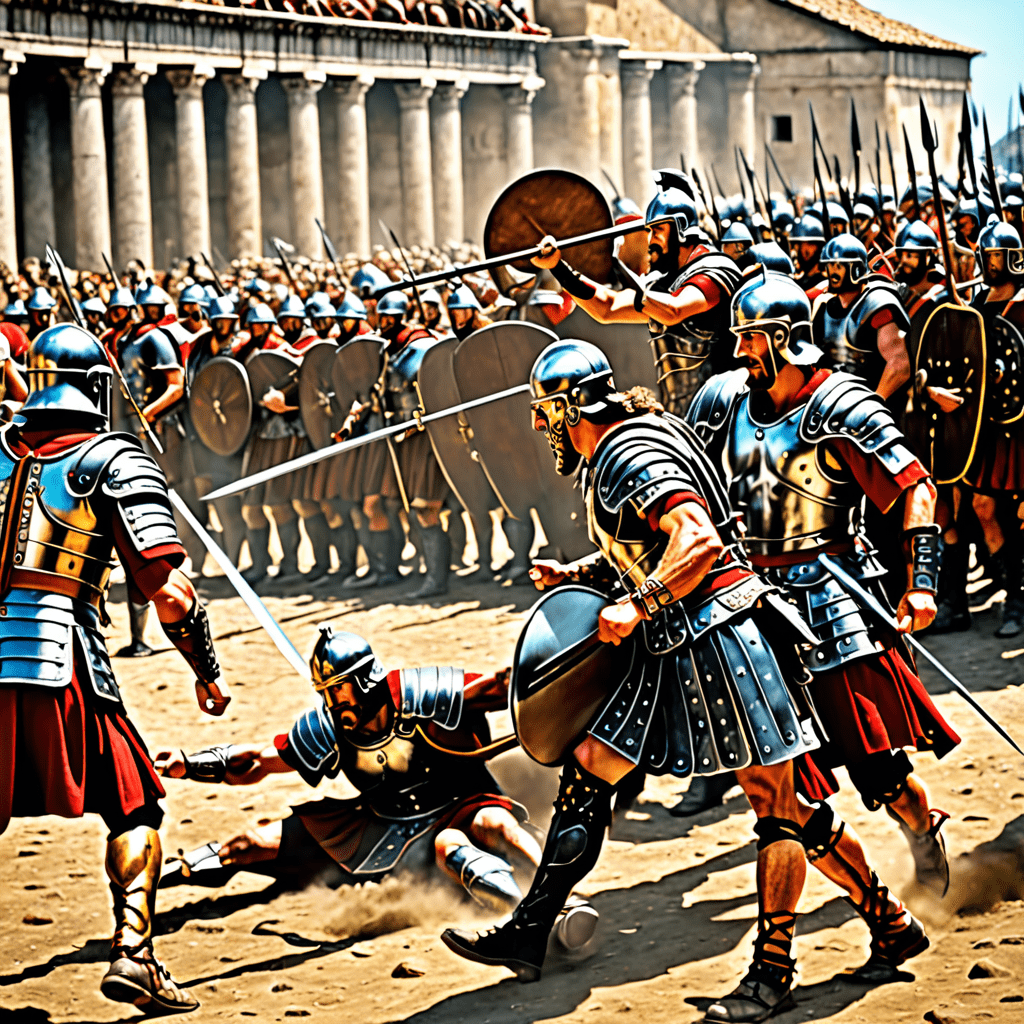Cosmic Beliefs in South American Indigenous Mythology
I. The Creation of the Universe
Indigenous cultures in South America hold diverse and captivating beliefs about the origins of the universe. Many myths depict a supreme deity or creator figure who brings forth existence from chaos. In Andean mythology, for instance, Viracocha emerged from Lake Titicaca and created the sun, moon, and stars. Similarly, in Amazonian folklore, the thunder god, Tupã, is said to have split the primordial darkness with his lightning bolts, giving birth to the cosmos.
II. The Celestial Realm
Throughout South America, the celestial realm holds immense significance. The Andean cosmology divides the universe into three worlds: Hanan Pacha (the world above), Kay Pacha (the world we live in), and Uku Pacha (the world below). The Inca civilization revered the sun god Inti as the giver of life and worshipped celestial bodies such as the moon and the Pleiades star cluster. These heavenly entities were believed to influence human affairs and were often invoked through rituals and offerings.
III. The Earthly Realm
Indigenous cosmologies also encompass the earthly realm, which is often seen as a living, breathing entity. Amazonian cultures, for instance, conceive of the forest as a sacred space inhabited by myriad spirits. The four horizons are believed to be guardians of the natural world, while the Yurupari spirit embodies the generative forces of the forest. Similarly, the Guaraní people of Paraguay and Brazil revere Ñande Sy, the earth goddess, as the protector of their ancestral lands.
IV. The Underworld
Myths of the underworld are prevalent in South American indigenous traditions. In Quechua mythology, Supay is the realm of the dead, where souls journey after their earthly existence. The underworld is depicted as a shadowy and dangerous place, inhabited by malevolent spirits. The Mapuche people of Chile believe in Wenu Mapu, a subterranean paradise where the spirits of the righteous reside. These beliefs about the afterlife often shape funeral rites and spiritual practices among indigenous communities.
V. The Cosmic Tree
The Cosmic Tree is a central symbol in South American indigenous mythologies. It represents the axis mundi, connecting the celestial, earthly, and underworld realms. Often depicted as a tall, majestic tree, the Cosmic Tree symbolizes life, growth, and the interconnectedness of all things. It is considered a sacred portal through which spirits and deities can travel and communicate with the human world.
VI. Animal Spirits
South American indigenous mythologies teem with animal spirits, each possessing unique powers and characteristics. Jaguars, with their spotted coats and sleek bodies, are revered as symbols of strength, courage, and agility. Eagles soar high above the earth, carrying messages between the celestial and earthly realms. Serpents, shedding their skin in cycles, embody transformation and renewal. These animal spirits are considered guardians, guides, and messengers, often appearing in dreams and visions to impart wisdom and guidance.
VII. Sun and Moon Deities
The sun and moon hold immense significance in South American indigenous cosmologies. Inti, the Inca sun god, is revered as the giver of life and sustenance. He is often depicted as a golden disc with a human face, radiating warmth and light. The moon, often associated with fertility and femininity, is worshipped as Quilla by the Incas. These celestial deities regulate the seasons, influence human affairs, and are often invoked through rituals and offerings.
VIII. Celestial Phenomena
Celestial phenomena, such as eclipses, rainbows, and meteor showers, hold special meaning in indigenous beliefs. Eclipses, when the sun or moon is temporarily obscured, are often seen as omens of misfortune or impending change. Rainbows, arching across the sky, are considered sacred bridges connecting the celestial and earthly realms. Meteor showers, with their shooting stars, are believed to bring good luck or convey messages from the spirit world.
IX. Rituals and Ceremonies
Indigenous communities in South America observe various rituals and ceremonies to honor and connect with cosmic forces. These practices may include dances, chants, and offerings to deities. Through these rituals, individuals seek to express gratitude, ask for guidance and protection, and maintain balance between the human and spiritual worlds. Specific ceremonies may vary across cultures but share a common goal of connecting with the cosmos and honoring ancestral traditions.
X. Continuity and Evolution of Cosmic Beliefs
Indigenous cosmic beliefs in South America have endured for centuries, despite the influence of Western culture and religion. These beliefs continue to shape cultural practices, storytelling, and traditional knowledge systems. However, they have also undergone adaptations and transformations over time. Some indigenous communities have incorporated elements of Christian beliefs into their traditional mythologies, while others have sought to revitalize and preserve their ancestral practices. Cosmic beliefs in South America remain vibrant and dynamic, evolving alongside the cultures they sustain.
FAQ
Q: What is the significance of the Cosmic Tree in South American indigenous mythologies?
A: The Cosmic Tree represents the axis mundi, connecting the celestial, earthly, and underworld realms. It symbolizes life, growth, and the interconnectedness of all things.
Q: How do indigenous cultures view animal spirits?
A: Animal spirits are considered guardians, guides, and messengers, possessing unique powers and characteristics. They appear in dreams and visions to impart wisdom and guidance.
Q: What role do celestial phenomena play in indigenous beliefs?
A: Celestial phenomena such as eclipses, rainbows, and meteor showers hold special meaning. Eclipses are seen as omens, rainbows as sacred bridges, and meteor showers as bringers of good luck or messages from the spirit world.
Q: How do indigenous communities connect with cosmic forces?
A: Indigenous communities engage in rituals and ceremonies, such as dances, chants, and offerings, to honor and connect with cosmic forces. These practices aim to express gratitude, seek guidance and protection, and maintain balance between the human and spiritual worlds.


